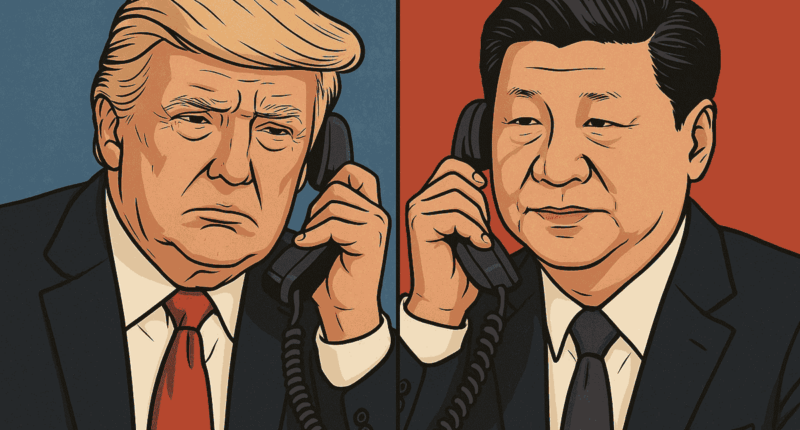After two rounds of talks in London, involving top officials from the United States and China, the world’s largest economies have finally reached a consensus on their trade agreement. President Trump published a post on his Truth Social acknowledging the deal but also adding a caveat that it’s subject to his and Chinese President Xi Jinping’s final approval.

Among the issues that were discussed, U.S. and China seem to have reached an agreement, where China will not restrict the movement of full magnets or any rare earth minerals to the United States. China is among the largest producers of rare earth minerals that are used in various industries including, defence and automobile. These industries were majorly affected post-Trump’s triple-digit tariffs on China and Beijing’s reciprocal action.
On Washington’s end, they will allow foreign students, particularly from China to continue to use American Universities, something that Trump says, ‘has always been good with me’. Trump went on to add that, as it stands, the deal would see China maintain its current 10% tariffs on goods imported from the U.S., while the U.S. would keep 55% tariffs on Chinese imports.
On May 12, the two nations agreed to put a 90-day pause on the over 100% tariffs that they imposed on each other. That brought U.S. tariffs on Chinese imports down to their current level of 30% after they briefly soared to around 145%. While Chinese tariffs touched 125% before the Geneva round of talks.
According to a CBS News report, there was no immediate confirmation from China’s government of any terms agreed to in the framework, or whether President Xi intended to sign off on the deal.





